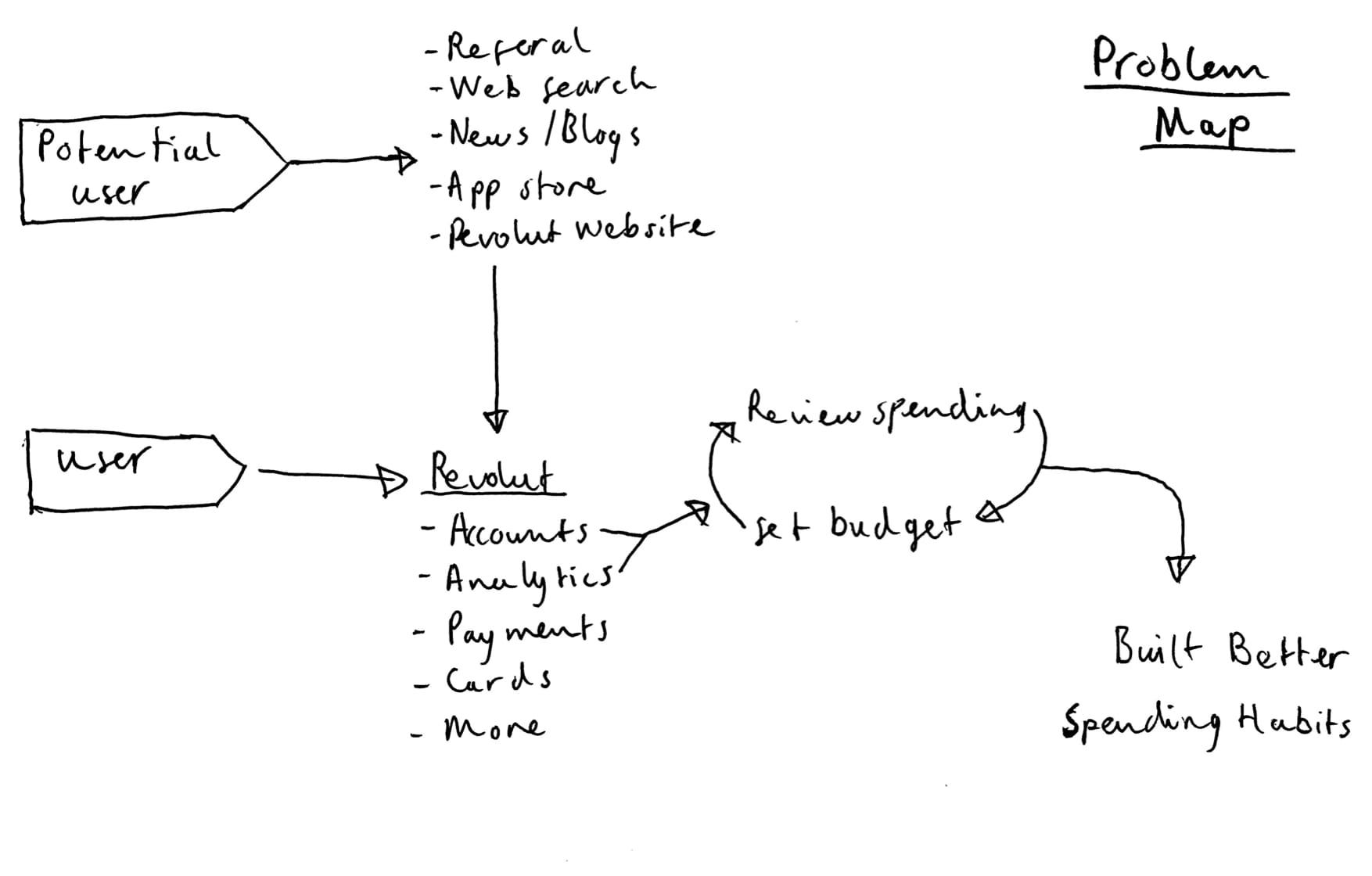The rise of challenger banks
Banking applications used to be clunky, frustrating to use and barely managed the basic function of showing your balance and transactions. Thankfully, those days are long gone, and leading the charge toward better mobile banking experiences are the rising in popularity, mobile only, digital banks. This modern take on retail banking forgone the traditional high street branches and offer their products and customer service solely through an app on customers devices. Therefore, it is critical to their success that these applications provide users with the best possible user experience through helpful functionalities and easy to use interfaces. These challenger banks saw huge success in recent years, and increasingly the innovative solutions they developed are being adopted by more established traditional banks in a bid to stay relevant and competitive.





